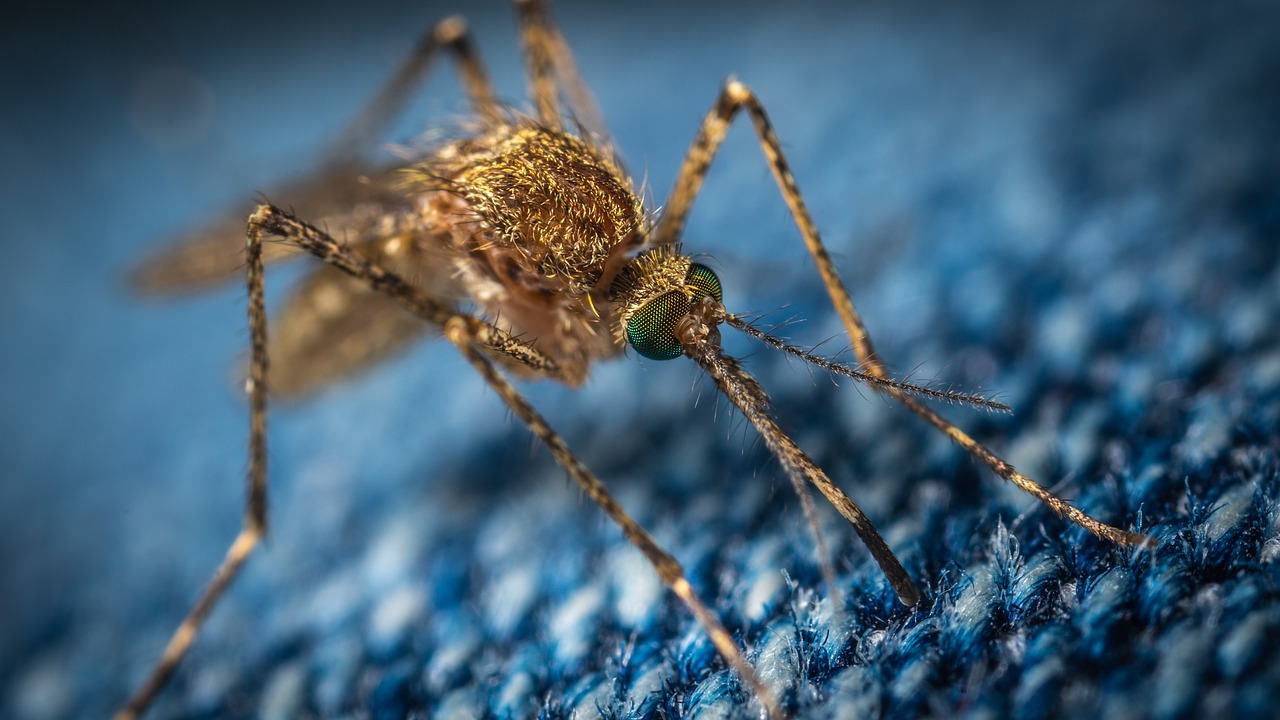The West Nile virus is increasingly spreading in Europe. Austria is also affected by the virus, but the risk of infection or even a fatal outcome is rather low here, according to researchers.
The West Nile virus is becoming increasingly common, particularly in urban areas and where intensive farming is carried out, as researchers report in the journal “Plos Pathogens.”. Austria is also affected by it, which mostly infects birds, rarely humans and is transmitted by mosquitoes. “However, the risk of contracting West Nile fever in Austria is still low,” the Agency for Health and Food Safety (AGES) told APA.
The majority of infections go unnoticed
“In 2023, a single case was reported in Austria, the person concerned was most likely infected in Italy,” says AGES: “There have also been no human deaths in Austria to date.” Around 80 percent of infections in humans usually go unnoticed because they do not cause any symptoms. Almost 20 percent of those affected are afflicted by flu-like symptoms, and seven out of every thousand infected people develop “West Nile virus-associated meningoencephalitis” (inflammation of the brain and meninges, note).
A team of researchers led by Lu Lu from the University of Edinburgh (Scotland) has traced the history of the development and spread of West Nile virus (WNV) in Europe using virus genetic sequences and data on cases of disease (epidemiological data) in humans and other animals.
How West Nile virus is transmitted
Gelatinous bites transmit the West Nile virus. It normally circulates between blood-sucking mosquitoes and birds, which are its “main hosts.” However, humans and other mammals, especially horses, can also contract the virus, explains AGES: “However, they represent a dead end for the virus.” The virus can no longer get into mosquitoes from humans and horses and, therefore, cannot be transmitted to other humans or horses.
The West Nile virus has been circulating in Europe since the 1960s, according to the researchers. Of the nine different “lineages” that exist globally, six are found in Europe, while there is only one variant (WNV-1) in North America, for example. According to genetic sequences, “WNV-2” is the most common in Europe, with 82 percent. It, in turn, has a dominant sublineage called “WNV-2a” (73 percent of all sequences found in Europe). WNV-2a first appeared in Hungary between 2003 and 2004, reached the eastern part of Austria a year later, and has now been detected in 14 European countries.
Bird movements are responsible for the rapid spread
“WNV-2a spreads at a high speed of 88 to 215 kilometers per year,” say the researchers. Bird movements are mainly responsible for this. A particularly high rate of spread was found where intensive agriculture is practiced. This is probably due to the fact that these areas are home to bird species that are often infected with the West Nile virus. The virus also spreads along the flight paths of migratory birds.
In addition, “WNV-2a tends to be attracted to areas with a high degree of urbanization”, the researchers wrote. Due to human changes, there is a strong ecological imbalance, a mosquito community that is less balanced in terms of species diversity, and an increase in “common mosquitoes” (Culex pipiens). Hybrid forms of the latter have been found with “Culex pipiens f. molestus”, “which can serve as a bridge for WNV between birds and humans.”
Researchers advise better surveillance
The second most common West Nile virus lineage in Europe, “WNV-1”, was also detected in Austria, as well as in six other countries. In addition, another lineage (WNV-9) was found in birds and mosquitoes in this country but not in humans.
Based on the results of their study, the researchers recommend “improved surveillance for early detection of further spread to areas with intensive agricultural use and habitats of migratory birds.” Increased attention should also be paid to urban regions.
Austria already monitors mosquitoes
According to AGES, a nationwide mosquito monitoring program has been in place in Austria for several years: “The occurrence and spread of alien and potentially invasive mosquito species is recorded using ovitraps (egg-laying traps).” In addition, a new monitoring project called “OH SURVector,” which is funded by the EU, started at the beginning of 2024. AGES is leading an international consortium with the Czech Republic, Slovakia, Hungary, and Greece. “In this project, the surveillance of vectors in Austria and the partner countries is being expanded,” says AGES: “One of the project objectives is the early detection of changes in the geographical distribution of vectors and pathogens that are already present in the country, with a focus on Borrelia and West Nile virus.”
To this end, 60 traps will be set up across Austria from May to October for 24 hours in the first and third weeks of each month, primarily in urban areas, according to the AGES experts. This would be an advantageous habitat for the main vector, namely the common mosquito, “Culex pipiens.”
- sources: APA/vienna.at/picture: Bild von Егор Камелев auf Pixabay
This post has already been read 2586 times!



